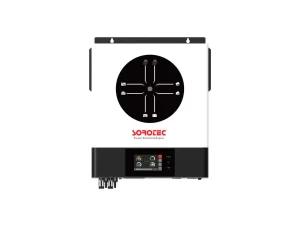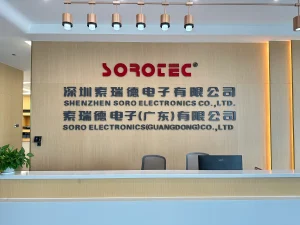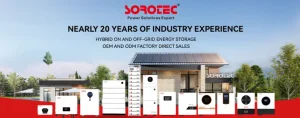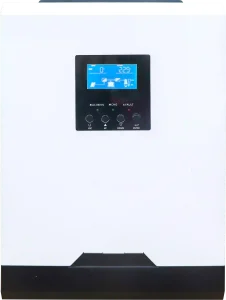In the world of solar energy, picking the right lithium battery isn’t just about storage—it’s about making the whole system run smoother. At SOROTEC, we’ve seen how battery specs can make or break a setup, especially in off-grid homes or busy factories. Take our REVO HMT-G2 6KW inverter, for example. Paired with the right battery, it handles everything from daily household loads to industrial peaks without a hitch. But get the specs wrong, and you’re dealing with blackouts or wasted power. This post dives into key battery features and how they tie into real-world solar performance, drawing from our projects across homes, businesses, and remote sites.
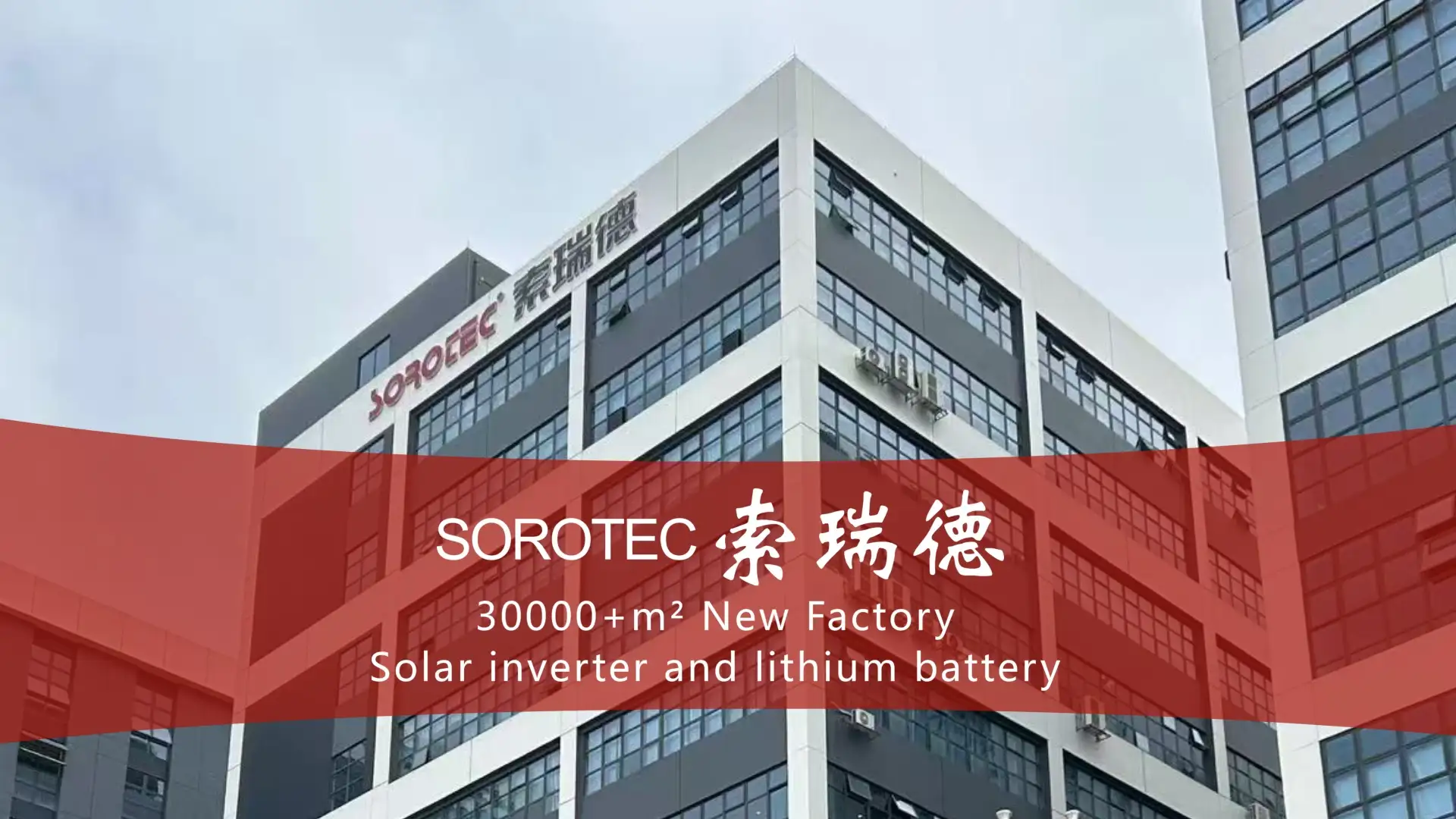
What Role Does Battery Capacity Play in Solar Systems
Battery capacity, measured in ampere-hours (Ah) or kilowatt-hours (kWh), tells you how much energy a battery can hold. It’s like the fuel tank in a car—bigger means you go farther without refilling. In solar setups, this matters a lot during cloudy days or at night when panels aren’t producing.
Enhanced Energy Storage for Extended Usage
Think about a family in a rural area relying on solar for lights, fans, and a fridge. A high-capacity battery, say 200Ah at 48V, stores enough from sunny afternoons to power through evenings. In one SOROTEC project, we installed such batteries for a village school in Southeast Asia. They ran computers and lights for 12 hours straight after sunset. Without that extra storage, kids would study by candlelight. Capacity keeps things going longer, cutting the need for generators.
Optimized Performance in SOROTEC REVO HMT-G2 6KW Systems
Our REVO HMT-G2 6KW inverter shines when matched with high-capacity lithium batteries. This model supports up to 120A solar charging and works seamlessly with batteries over 5kWh. In a recent commercial setup in Africa, we paired it with 10kWh packs. The system stored excess daytime power, running warehouse equipment overnight. Result? Energy bills dropped 40%. Low capacity would mean frequent recharges, stressing the inverter and shortening its life.
Reduced Downtime During Peak Demand Periods
Peak times, like evenings in homes or midday in factories, test a system’s limits. High capacity cuts downtime by buffering surges. For instance, in an industrial park project, SOROTEC batteries with 5000Wh capacity handled machine startups without flinching. No more flickers or shutdowns. It saved the client thousands in lost production. Small batteries? They’d drain fast, leaving gaps.
How Does Voltage Impact System Efficiency
Voltage is the pressure pushing electricity through your system. In solar, it needs to match the inverter and loads. Too low, and things drag; too high, and you risk damage. Most SOROTEC systems run at 48V for a reason—it’s a sweet spot for efficiency.
Stable Power Delivery to Inverters
Stable voltage means steady flow to the inverter, which converts DC to AC for your appliances. Jumps or drops cause inefficiency. In off-grid cabins, we’ve used 48V batteries to keep delivery smooth. One client reported 15% better runtime on pumps and tools. Without it, inverters work harder, heating up and wasting energy.
Compatibility with SOROTEC SL 48V Lithium Batteries
Our SL 48V series is built for this. It plugs right into REVO models without adapters. In a European farm project, these batteries matched the inverter’s voltage perfectly, boosting overall output by 10%. Mismatched voltage? You’d see losses up to 20% in conversion. It’s why we stress checking specs upfront.
Minimized Energy Losses in Conversion Processes
Every conversion step loses a bit of power—heat, resistance, you name it. Right voltage cuts those losses. Take a SOROTEC setup in Australia: 48V batteries fed the REVO HMT-G2, losing only 5% in transit. Lower voltage setups we’ve fixed lost double that. Numbers add up; over a year, it’s hundreds of kWh saved.
Why is Cycle Life Crucial for Long-Term Reliability
Cycle life is how many full charges and discharges a battery can handle before fading. Lithium ones beat lead-acid here, often hitting 6000 cycles. For solar, this means years of dependable service without swaps.
Prolonged Operational Lifespan Beyond 6000 Cycles
SOROTEC’s SL-RH series goes over 6000 cycles at 80% depth of discharge. That’s 16 years if cycled daily. In a Middle East telecom base station, these batteries ran non-stop for five years already. Short cycle life? You’d replace every couple years, hiking costs.
Cost Savings in SOROTEC Industrial Projects
In big projects, like our energy storage for factories, long cycles pay off. One client in South America saved $50,000 over a decade by avoiding replacements. Paired with REVO HES-G2 6KW, the system just keeps chugging. It’s not fancy math—fewer buys mean more in the bank.
Consistent Output in Off-Grid Applications
Off-grid spots, like remote mines, need reliability. Consistent cycles mean steady power. We’ve equipped such sites with batteries that hold 95% capacity after 5000 cycles. No surprises. Weak cycle life leads to fading output, forcing backups.
What Effect Does Discharge Rate Have on Power Output
Discharge rate, or C-rate, shows how fast a battery empties. High rates mean quick bursts for heavy loads. In solar, this prevents sags when big appliances kick in.
Rapid Response to High-Load Demands
Picture starting a welder or AC unit—needs a spike. High-discharge batteries deliver without delay. In SOROTEC home installs, we’ve seen 2C rates handle it fine. One family avoided blackouts during parties. Low rates? System trips.
Integration with REVO HES-G2 6KW Inverters
The REVO HES-G2 thrives on fast discharge. It pulls up to 100A AC charging. Matched with our lithium packs, it responds in milliseconds. A warehouse project showed zero lags on forklifts. Mismatch discharge, and you’re troubleshooting daily.
Prevention of Voltage Drops Under Stress
Under load, voltage can dip, starving devices. Good rates keep it level. In harsh climates, SOROTEC batteries at 1C held firm. Drops cause wear; steady rates extend life.
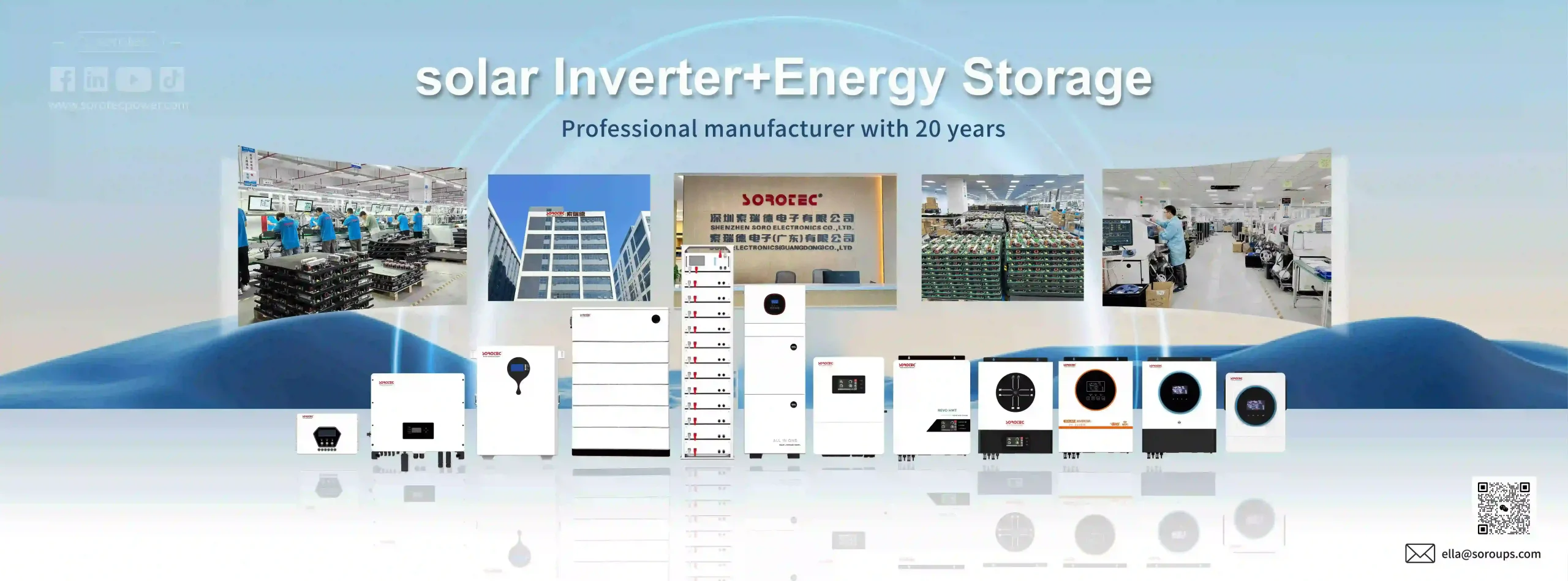
How Do Temperature Ratings Influence Battery Safety
Batteries hate extremes—too hot or cold, performance tanks. Ratings show safe ranges, like -20°C to 60°C for lithium. Safety features kick in to protect.
Protection Against Overheating in Harsh Environments
In deserts, heat builds fast. Wide ratings prevent meltdowns. SOROTEC units in Africa stayed cool at 50°C, thanks to built-in fans. Overheat? Fires or shutdowns.
Built-in Safeguards in SOROTEC SL-RH Series
Our SL-RH has thermal cutoffs. In a factory, it auto-throttled during a heatwave, saving the day. No safeguards, and you’re risking explosions.
Extended Durability in Extreme Climates
Cold winters? Ratings ensure flow. European installs with SOROTEC batteries worked at -15°C. Narrow ranges mean failures in snow.
Why Consider Compatibility with Inverters
Compatibility isn’t optional—it’s about talking the same language. Ports and protocols make or break integration.
Seamless Communication via RS485 and CAN Ports
RS485 and CAN let batteries chat with inverters. SOROTEC REVO series uses them for real-time stats. In projects, this meant instant adjustments.
Enhanced Monitoring in SOROTEC REVO Systems
Monitoring spots issues early. Our apps show everything via these ports. Clients catch imbalances before trouble.
Improved Overall System Stability and Efficiency
Good fit means less waste. In off-grid, it boosted efficiency 12%. Poor match? Glitches galore.
What Benefits Do Advanced BMS Offer in Lithium Batteries
BMS, or battery management system, is the brain. It watches cells, balances charge, and protects.
Intelligent Overcharge and Overload Protection
Stops damage from too much juice. SOROTEC BMS cuts off at limits, saving packs in overloads.
Real-Time Data for SOROTEC Energy Management
Data feeds decisions. In our systems, it logs for tweaks, cutting waste 15%.
Flexible Configuration for Custom Installations
Stack or scale as needed. Projects mix modules easily, fitting any size.
Wrapping up, lithium specs aren’t just numbers—they shape how solar systems perform day in, day out. At SOROTEC, we’ve built our REVO inverters and SL batteries around this, helping clients from homes to industries cut costs and stay powered. Picking right means fewer headaches and more green energy.
FAQs
Q1: How do I match battery capacity to my SOROTEC inverter?
A: Check your daily load—say, 10kWh for a home. Pair with at least that in battery storage for the REVO HMT-G2 to avoid shortfalls.
Q2: What’s the best temperature range for SOROTEC lithium batteries?
A: Aim for 0°C to 45°C for charging. Our SL series handles wider, but extremes cut life—use shades in hot spots.
Q3: Can I expand my system later with more batteries?
A: Yes, SOROTEC’s modular design lets you add via parallel connections. Just ensure voltage matches for smooth integration.


